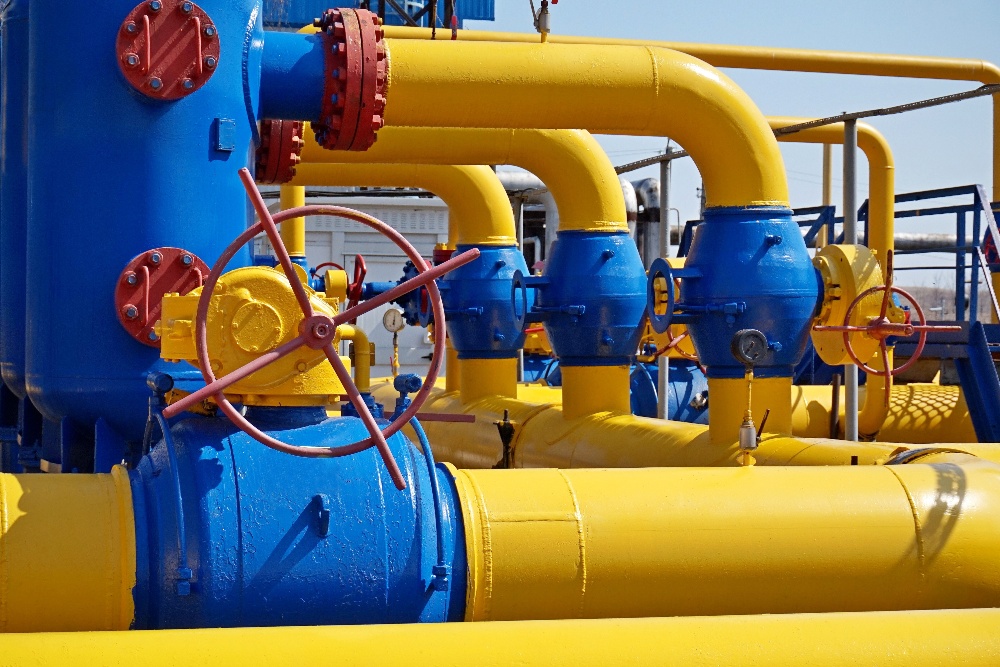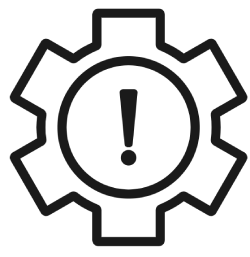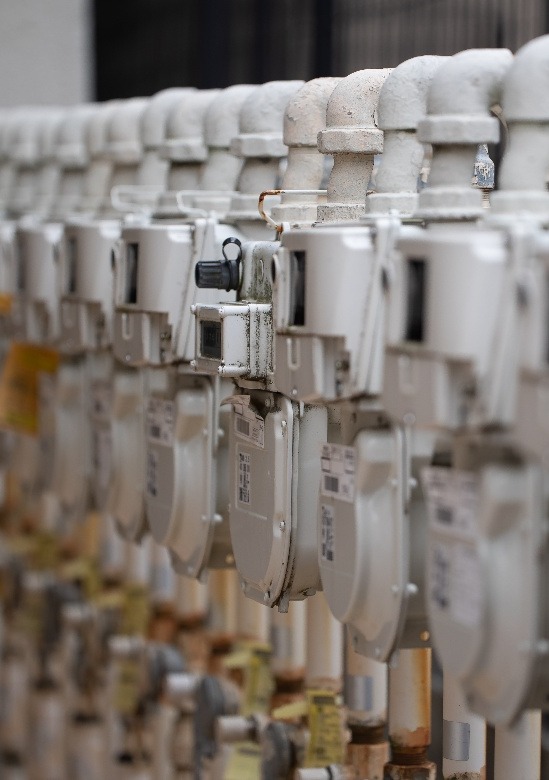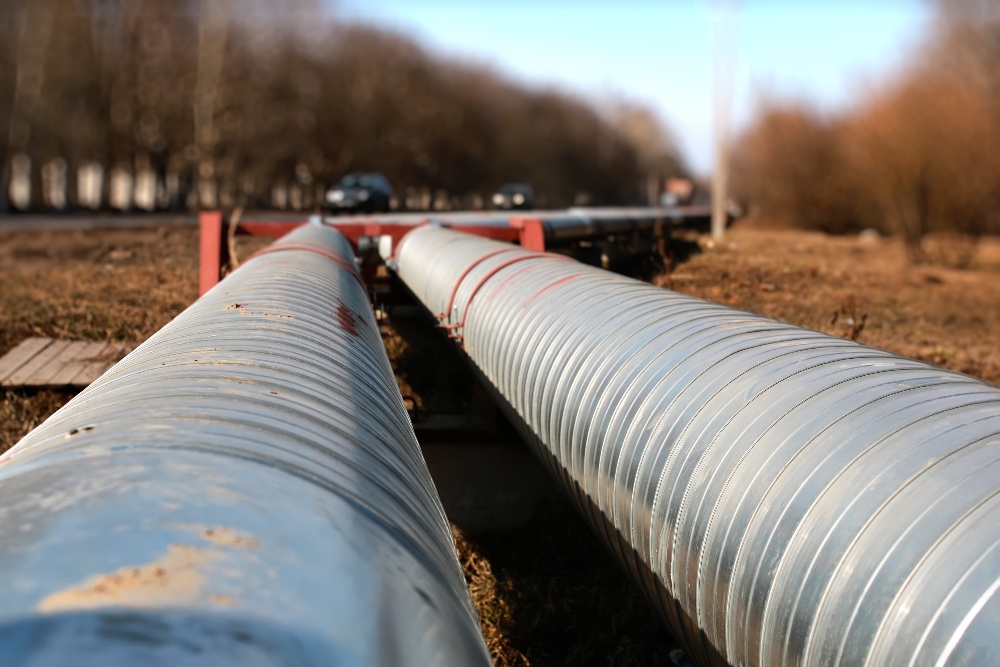Implementing a Multi-Jurisdictional Esri ArcGIS Utility Network across the US and Canada

Our customer, a utility services provider in the United States, is in the business of transmitting, distributing, and supplying water, natural gas, and electricity to 800,000 residents across the US and Canada. As one of the fastest evolving sectors, the utility industry is constantly looking for new ways to improve and upgrade its infrastructure.

Our customer was consolidating spatial information and asset management into a new integrated, cloud-based environment across all its local North American utilities. By leveraging the next-generation Esri ArcGIS Utility Network and SAP EAM platforms, the customer was looking to modernize their enterprise grid and transform customer service programs. The new GIS was expected to streamline network operations, reduce costs, improve safety, and enable increasingly demanding integrity and compliance programs.
The customer’s existing GIS platform had the potential to address current business problems and unlock transformational capabilities across its electric, gas, and water commodities. However, there were several challenges:

If you face similar challenges, we have experts to guide you through them.
Talk to usCyient partnered with the customer to implement a large-scale, multi-commodity, multi-jurisdictional geographical information system (GIS) built into the Microsoft Azure cloud environment, with the ability to view insights across desktop and mobile devices. Cyient provided the customer with turnkey implementation services, followed by ongoing GIS support and maintenance.



Cyient’s cloud-based implementation of the Esri ArcGIS Utility Network GIS and integration with advanced applications entailed the following activities:
Bring a deeper understanding of utility workflows, knowledge of the utility systems landscape, and expertise in implementation.
Bring a robust, structured framework that delivers a faster and better migration process.
Leverage deep experience as a preferred consulting partner in defining the Esri UN implementation journey.
Implement a standardized Esri UN data model, one for each commodity—electricity, gas, and water/wastewater.
Convert and migrate existing GIS data from all operating companies to target data models. Migration includes existing *.mxd’s, web maps, and applications to the target enterprise GIS platform.
Assess and address gaps in data.
Deploy and configure Esri ArcGIS Enterprise and ArcGIS Pro in an enterprise cloud infrastructure.
Develop applications specific to customer requirements.
Provide support and maintenance post go-live for the hosted GIS solution for a five-year period.
Provide a collection of documents, templates and best practices to the customer’s geospatial leadership to establish the enterprise GIS for all operating companies.
Enable knowledge transfer to promote the sustained usage of the products/platforms.

Implement integration interfaces to the advanced applications listed below:
By leaning on core tools and their integration architecture, Cyient ensured highly scalable and reliable data flow and system performance, delivering tangible ROI, structured business benefits, and seamless cloud deployment of custom and out-of-the-box solutions to the customer.


Cyient offers an end-to-end system implementation of Esri UN with experience across gas, water, and electric commodities. We work with utilities across the globe, leveraging our depth of talent in the Esri suite. Cyient maximizes out-of-the-box solutions and facilitates deployment on cloud enabling the advanced use of technology. As a result, we help strike the right balance between custom and out-of-the-box tools to avoid increasing costs. Our deep experience makes Cyient the preferred partner for your Esri UN implementation journey.
Cyient (Estd: 1991, NSE: CYIENT)delivers Intelligent Engineering solutions for Digital, Autonomous and Sustainable Future
© Cyient 2024. All Rights Reserved.